
Ray
Ray
Ray
When you think of rays, you might imagine their fish-like bodies and their flapping swimming style. Their graceful appearance is popular at aquariums, and some children watch them with fascination. Their large size can impress the viewers, but did you know that there are also small rays that are about 10 cm long? Actually, there are many kinds of rays, and there are many things that are not commonly known about them. Let’s take a look at the ecology of rays, which have many mysteries.
Ray Basic Infomation
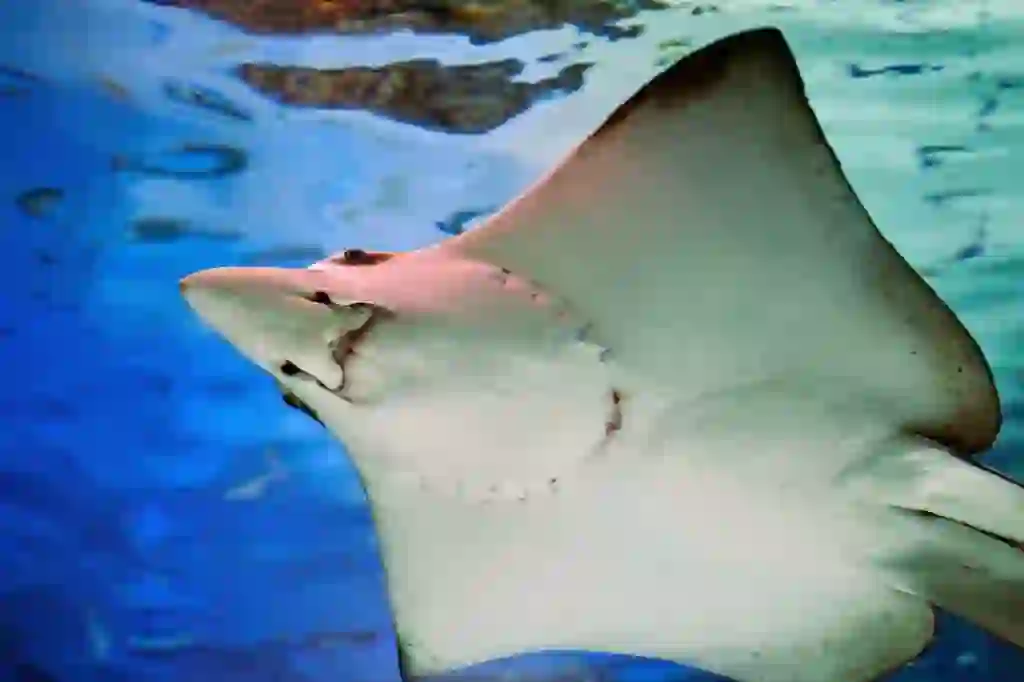
Chordata Chondrichthyes Elasmobranchii.
Width: Max 910cm (Giant manta). Minimum less than 20 cm (Magdalena River stingray).
Weight: Up to 3,000 kg.
Rays are a very diverse group of fish, with about 530 species.
Many people might imagine them as having flat bodies and long tails. They have very different bodies from the typical ‘fish’ that we think of, and some of them have venom.
They are actually related to sharks, and some of them have a strange appearance that looks like a ray’s head attached to a shark’s body. However, the most common type seen in Japan is called the red stingray, which has the usual ray form.
Many types of rays live in the mud or sand at the bottom of the sea.
They swim by moving their pectoral fins from side to side, which looks like flapping. Their graceful movement is understandable why they are popular among aquariums and divers.
As a group, rays live all over the world, regardless of whether the sea is warm or cold. Moreover, although they are less well-known, they are also close to us as there are types that live not only in seawater but also in freshwater.
In addition, the depth at which they live varies depending on the type, and there are types that swim in the sea as well as types that swim on the seabed. When we say ‘ray’, most people might imagine the same form, but they are fascinating fish with a lot of variation among types.
Ray Q&A

What is the origin of the name Ray?
They are called ‘Ray’ in English, but in Japanese they are called ‘ei’. Why are they called ‘ei’ in Japanese? In this article, we will introduce the origin of the name. There are various theories about the origin of the name ‘ei’, and it is not clear which one is true. Here we will introduce two of the most plausible theories.
The first one is that they were named after the handle of a sword.
The red stingray has bumps on its back that act as a grip, and people in the past used them as handles for swords. They also called the handle ‘e’, which changed to ‘ei’ over time.
The second one is that it originated from the Ainu language.
In Ainu, they called thorns ‘ai’, and they associated them with the sharp venomous spines of rays. That gradually changed to ‘ei’ over time.
Let’s also touch on the kanji a little bit.
There are several kanji that represent rays, but this time we will introduce ‘海鷂魚’, which is often used. If we decipher it from the kanji, it means ‘a fish that lives in the sea and looks like a hawk’.
‘Hawk’ is read as ‘haitaka’, and it refers to a bird of prey. It is said that they resemble the hawk that flies gracefully in the sky with its large wings spread out.
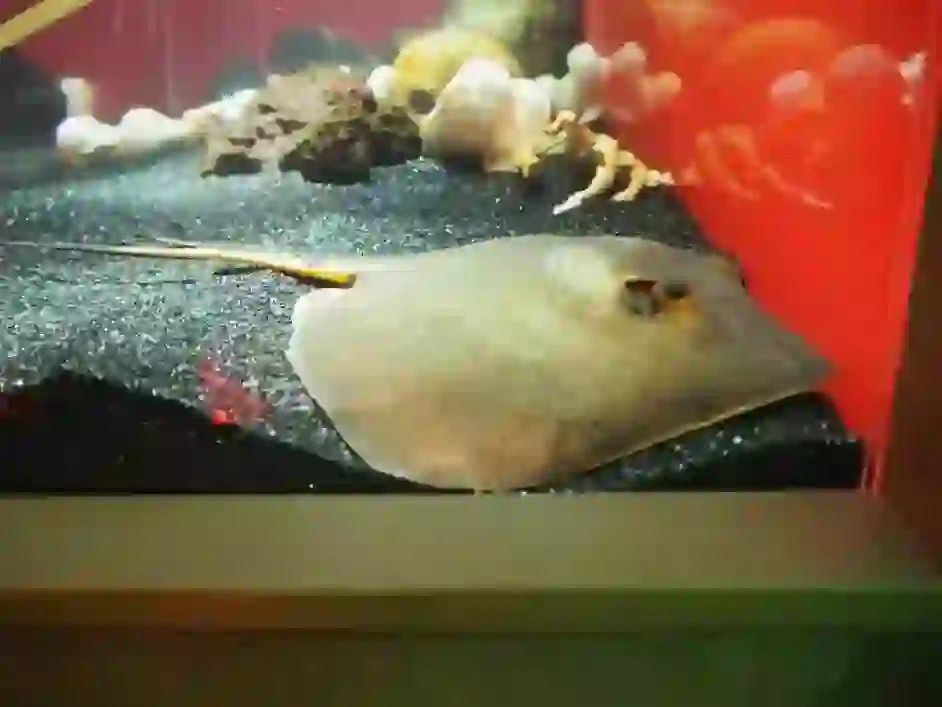
What is Ray eating?
Rays are carnivorous animals, so they do not eat seaweed. They mainly eat shellfish, crabs, small fish, and plankton.
Rays are divided into types that swim in the sea and types that live on the seabed, and they seem to have different preferences.
The types that swim in the sea eat fish and plankton that also swim in the sea. On the other hand, the types that live on the seabed often eat crustaceans.
Especially clams seem to be their favorite food, and the damage caused by rays is becoming serious in fishing grounds such as clams and cockles.
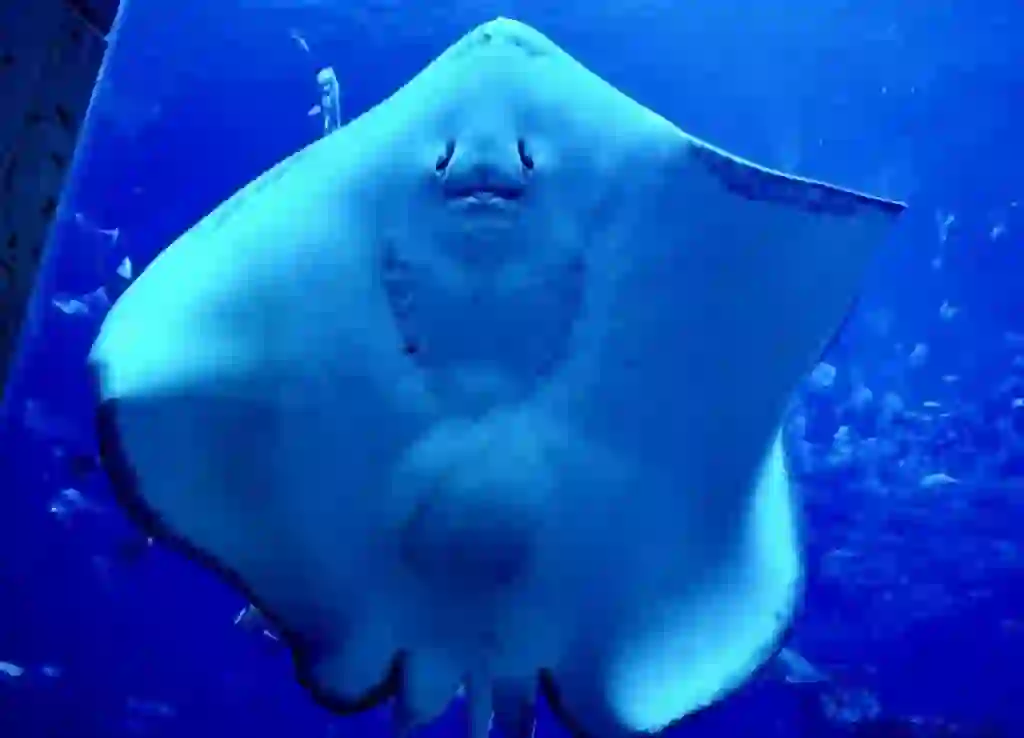
Are Ray and Manta rays different creatures?
Many people may think of manta rays as a type that swims gracefully in the sea. Manta rays became a trend at one point, and some people may know their name.
Some people may think that they are not rays but different species, but actually manta rays are also rays. There are two types of manta rays: the reef manta ray and the giant oceanic manta ray.
Until recently, manta rays referred only to the giant oceanic manta ray, but in recent years the reef manta ray has also been separated.
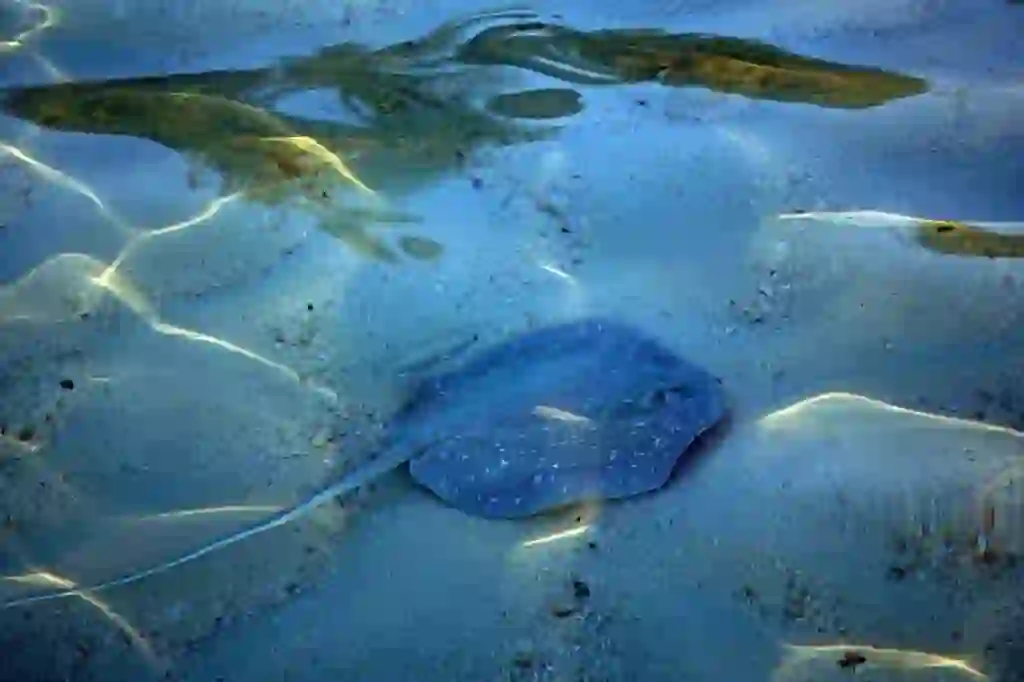
Why are manta rays so popular among Ray?
Manta rays are the largest type of rays, and some individuals can reach a width of 9m. Their swimming style is very graceful, as if they are flapping their wings.
This appearance alone fascinates people, and manta rays have a gentle and quiet personality, so they do not harm people.
Also, manta rays are in the order Myliobatiformes, but they do not have venom, so they are low-risk and easy to approach for divers. Sometimes they swim with divers in the sea, so they are said to be especially popular among divers.
Furthermore, their appearance of swimming in large tanks at aquariums also impresses the viewers. They do not have the sharpness of sharks, but manta rays are popular at aquariums because of their large size.
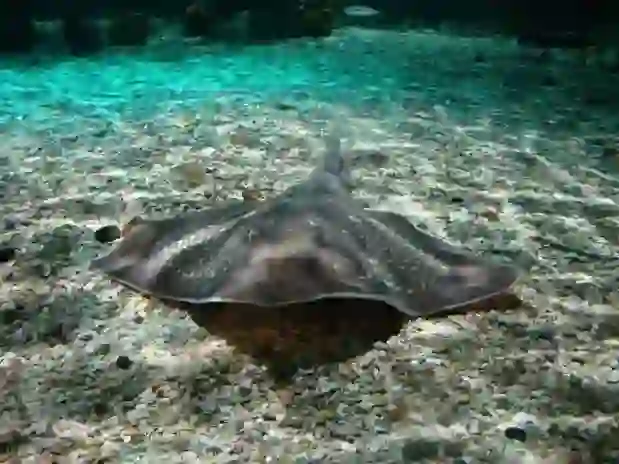
What's the difference between Ray and shark?
Sharks are also classified in the subclass Elasmobranchii, the same as rays.
When you think of sharks, you may imagine a streamlined and sharp form, while you may imagine a flat form for rays. In most cases, this perception is not wrong, but there are also some types that have a form that is neither.
If you trace back the roots of sharks and rays, you will reach the same species. In other words, sharks and rays have the same ancestor. It makes sense that they have many similarities. Originally, sharks were born first, but later they diverged into the ancestor of rays.
The way to distinguish sharks and rays is the position of the holes called gill slits. Sharks have gill slits behind their eyes, while rays have them on their abdomen. There are also rays that have the name of sharks, so when you wonder “which one is it?”, check the location of the gill slits.
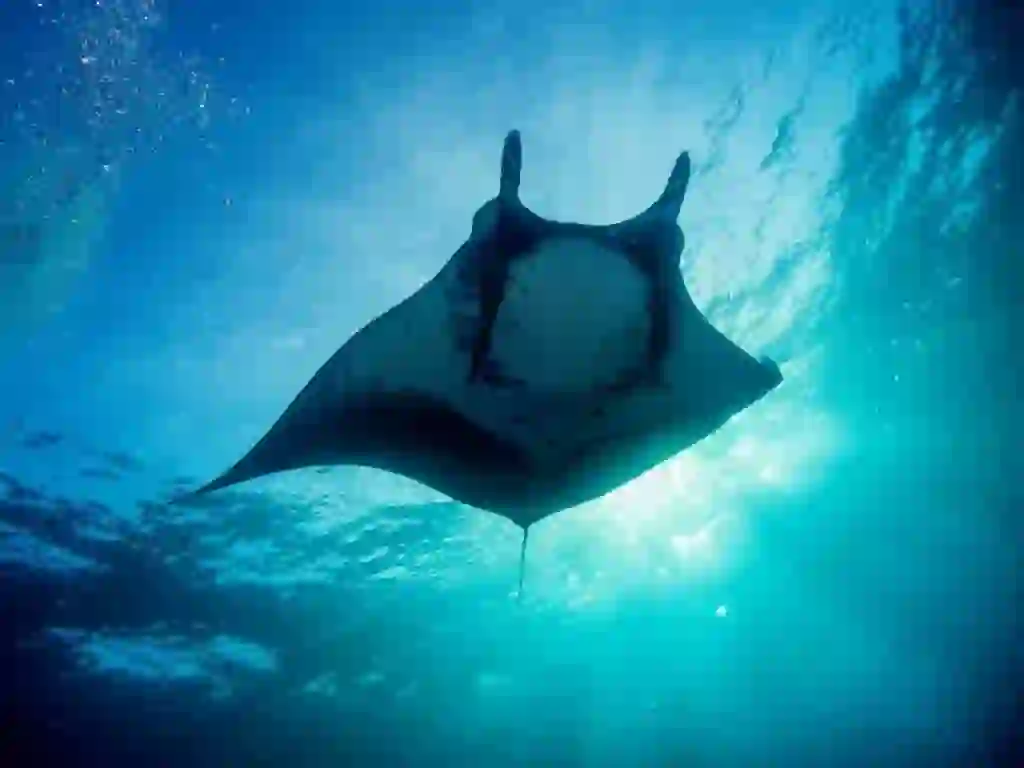
Does Ray have natural enemies?
The natural enemies of rays are the sharks of the same subclass Elasmobranchii.
Especially the scalloped hammerhead shark can be said to be a natural enemy. The scalloped hammerhead shark has a characteristic that its head looks like a T-shape, and its English name is hammerhead shark. It uses its distinctive head when hunting, and it is no exception when it preys on rays.
Moreover, the ray’s venom seems to have little effect on the scalloped hammerhead shark, and it weakens the ray by pressing its body with its head or hitting it. It is a glimpse of the horror of nature that they are targeted by the same classification.
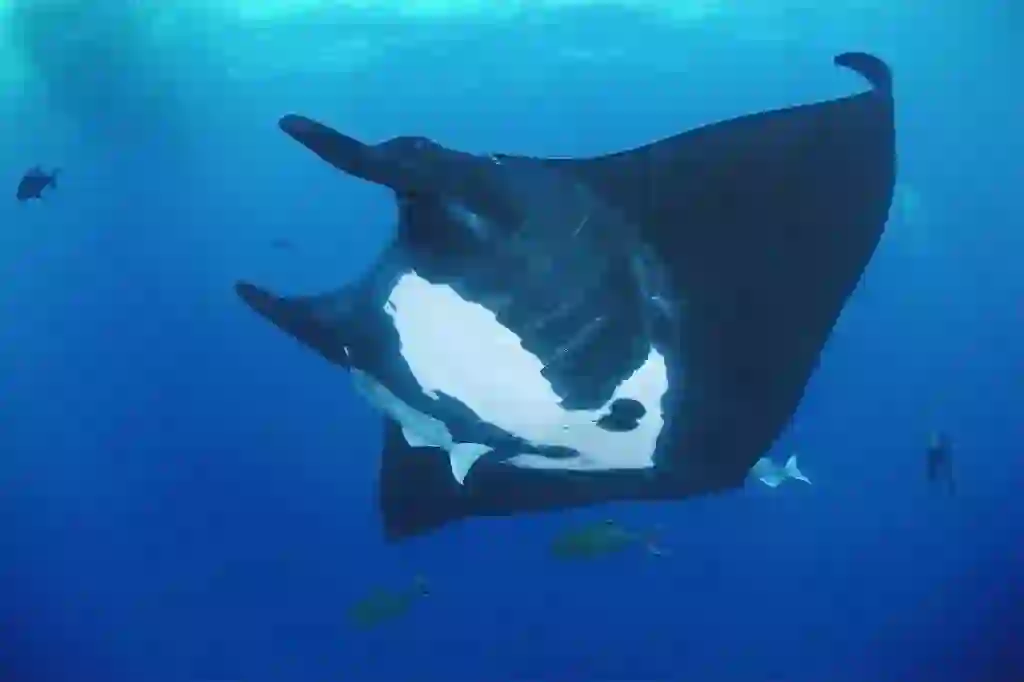
How strong is Ray's venom?
Some rays have venom, and they have sharp spines on their backs to the part of their tail fins. If you are stung, you will feel a strong pain immediately, and nausea, dizziness, low blood pressure, and breathing difficulties will occur.
Also, depending on the place where you are stung, there are cases where people have died, so you need to be careful.
Many beachgoers are also stung, and it is not uncommon to step on a ray that is hidden in the sand without noticing it. The venom remains in the dead rays, so be careful not to touch them carelessly.
Also, although it is not venom, there is a type called electric ray that emits electricity, so you need to be careful of this as well.
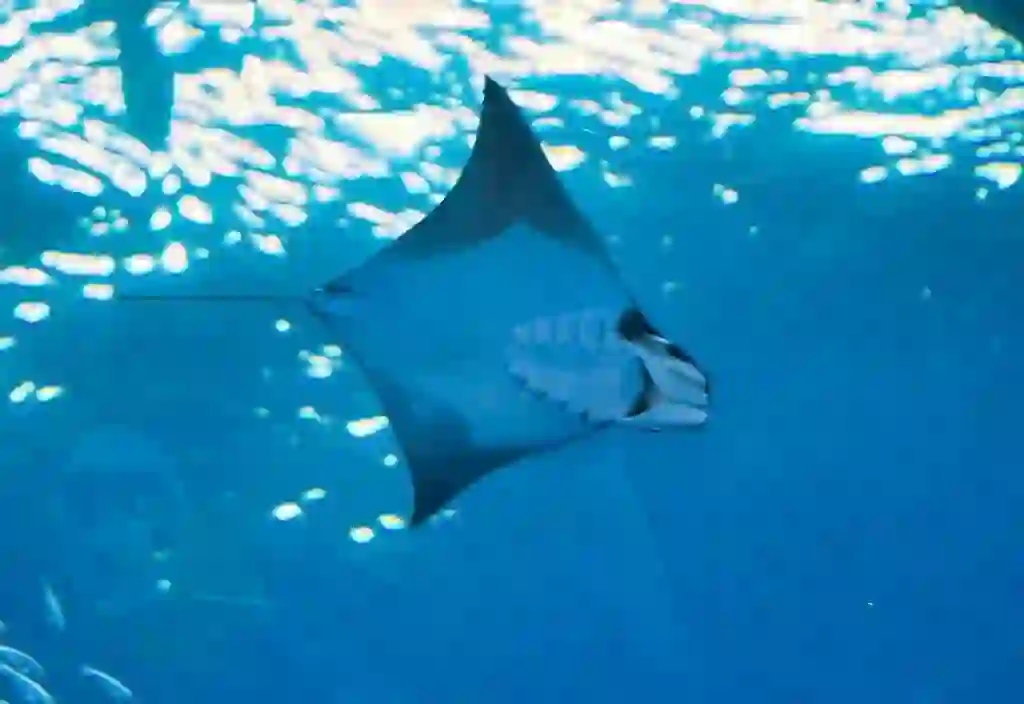
How does Ray relate to humans?
Rays are used as food worldwide, and Japan is no exception. However, they are fish with a strong taste, so they may not be liked by some regions or people.
In Japan, they are eaten in northern regions such as Hokkaido and Tohoku under the name of “kasube”, but many people do not know that they are rays.
Besides food, they are also often bred for ornamental purposes, and can be seen at aquariums around the country. Especially the giant oceanic manta ray and the reef manta ray, which are called manta rays, are popular among children.
Also, small rays that live in freshwater are not uncommon to be kept by individuals.

Would you like to become a part of the 'Animalbook.jp'?
Turn your knowledge into Q&A and share it with the world. ※Publication will be activated after purchase. Let's share information together!
Ray Type of List

・Torpediniformes. Torpedinidae. Narcinidae.
・Pristiformes. Pristidae. Rhinidae. Rhinidae. Rhinobatidae.
・Rajiformes Rajidae, Myliobatiformes. Platyrhinoidei. Platyrhinidae. Myliobatoidei. Zanobatidae. Hexatrygonidae. Plesiobatidae. Urolophidae. Urotrygonidae. Dasyatidae. Potamotrygonidae. Gymnuridae. Myliobatidae.
Information
Congratulations! You are the first commenter!

Create Your Favorite List!
Ray
Save the animals you love! Build your own list to quickly revisit your favorites later.

Would you like to leave a comment?
※Please note: This is for the purchase of rights to post comments within the article.
Find Your Favorites!
Our shop offers a unique and attractive selection of goods themed around various animals.
Ray References

- Wikipedia https://ja.wikipedia.org/wiki/エイ
- 生きもの好きの語る自然誌 https://tonysharks.com/index.html
- 天海のホームページ http://taxonomy.html.xdomain.jp/taxonomy/chondrichthyes.html
- いきふぉめ~しょん http://ikimall.ikimonopal.jp/blog/post-1448/
- ぼうずコンニャクの市場魚貝類図鑑 https://www.zukan-bouz.com/com/エイ
- コトバンク https://kotobank.jp/word/エイ-442929
- Marine Diving Web https://marinediving.com/marine_life/fishbook/no02/
- テチス https://diving-kizai.com/ssclassification/
- 暮らしーの https://kurashi-no.jp/I0012414#head-105c720dab316bc575f82a4366235135
- アクアプロスタイル ビリーバー https://biriba.ti-da.net/e4770077.html
Ray Introduction of media used

出典:https://pixabay.com/images/id-4757886/

出典:https://unsplash.com/photos/TheBuX1TWBs

出典:https://commons.wikimedia.org/wiki/File:Batoidea,_Bathala.jpg

出典:https://commons.wikimedia.org/wiki/File:Oceanic_Manta.jpg

出典:https://pixabay.com/images/id-5181902/
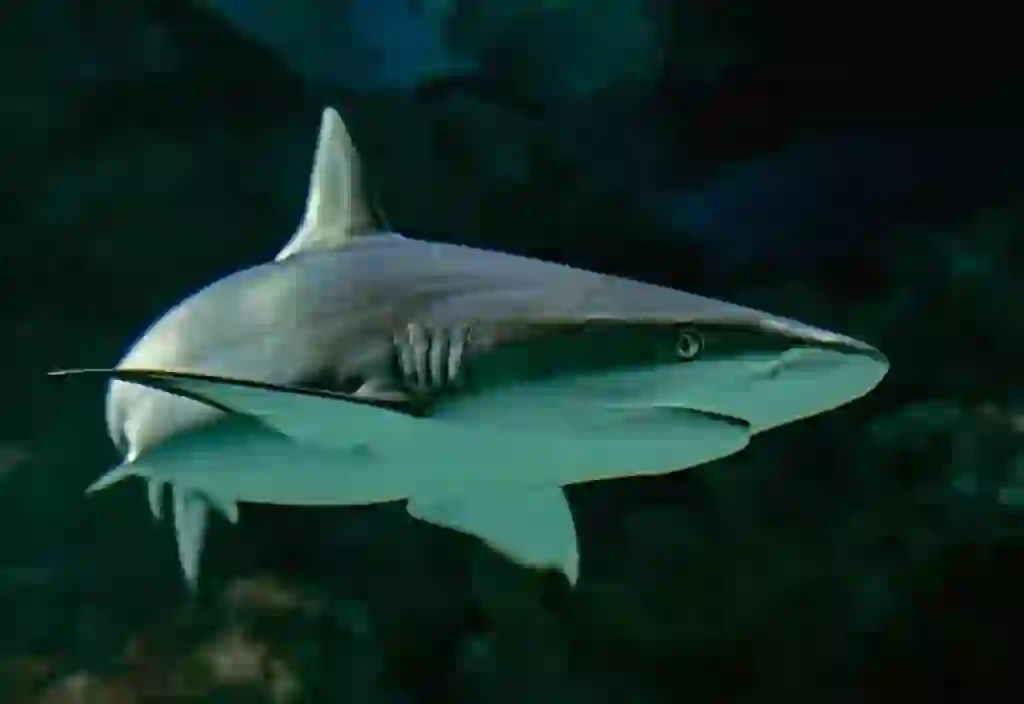
similar
出典:https://unsplash.com/photos/o3r7oVPZnZI

出典:https://unsplash.com/photos/ayQQd47k1pA
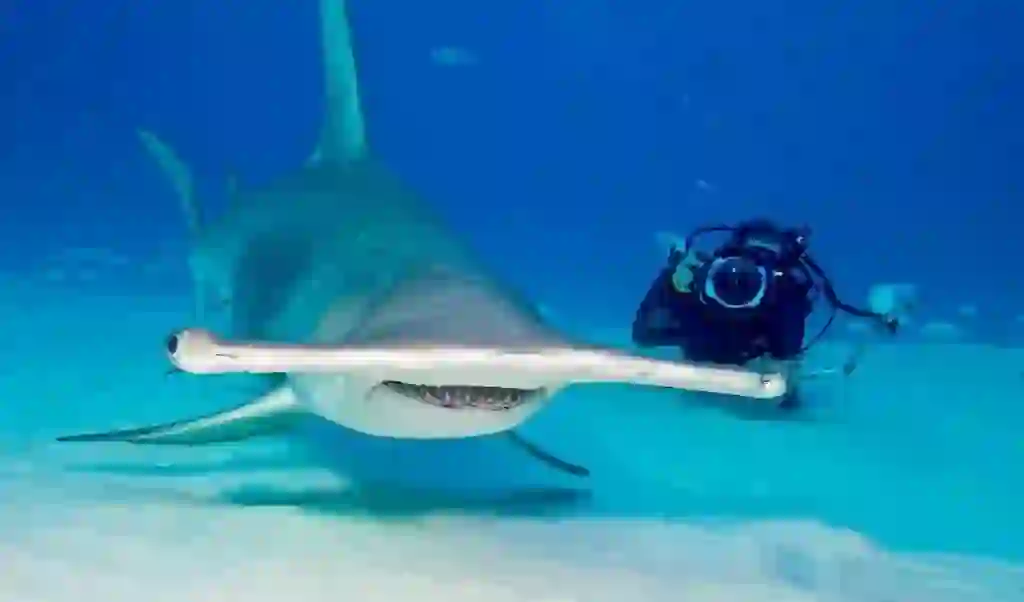
enemy
出典:https://commons.wikimedia.org/wiki/File:Hammerhead_Shark_-_Marko_Dimitrijevic.jpg

出典:https://commons.wikimedia.org/wiki/File:Torpedo_marmorata2.jpg
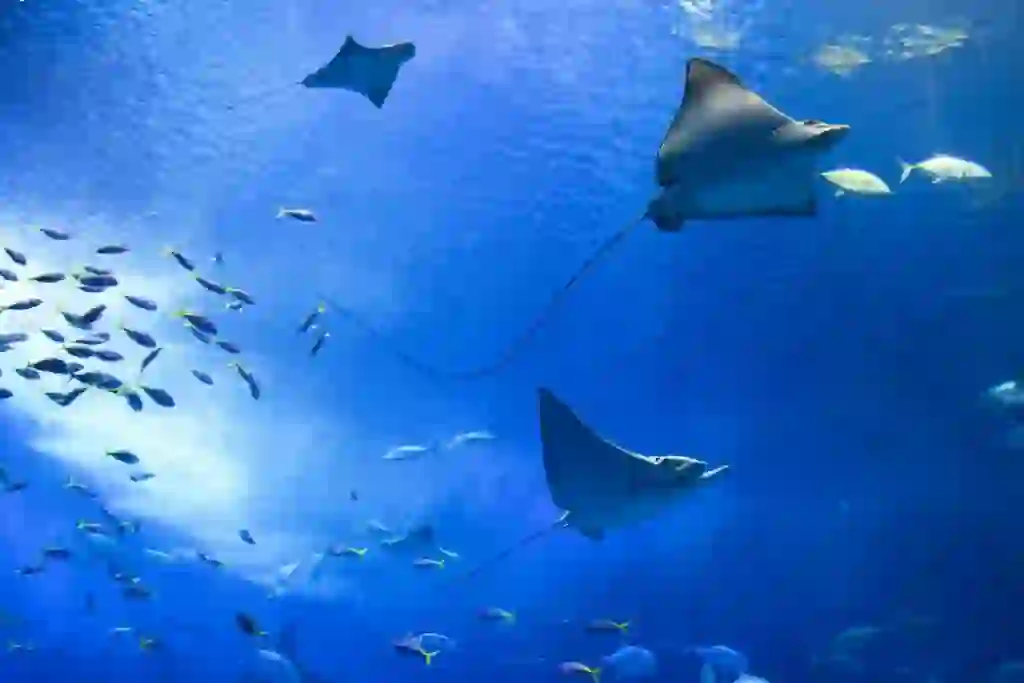
出典:https://unsplash.com/photos/VKzHzB4vDtQ

Help Enrich Our Animalbook.jp with Your Media!
We are constantly looking to expand and enrich our Animalbook.jp with amazing photos and videos of animals. If you have any media that you'd like to share, please contribute and help us showcase the beauty and diversity of the animal kingdom. Your submissions will be credited and featured in our encyclopedia, reaching a wide audience of animal lovers.


















